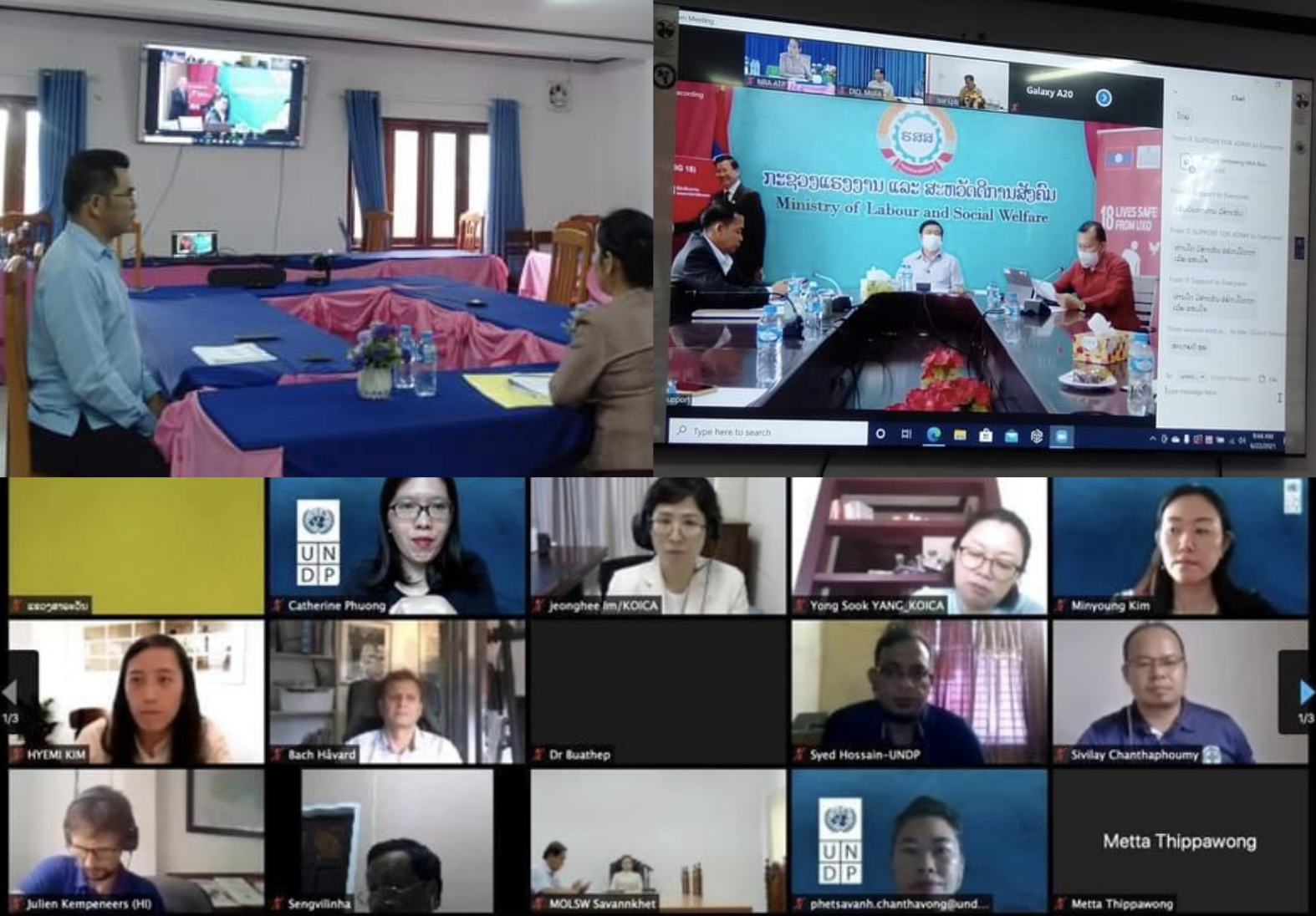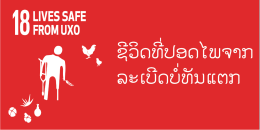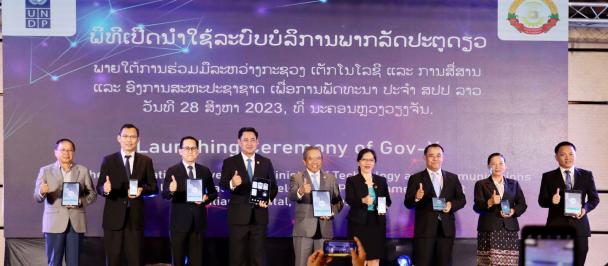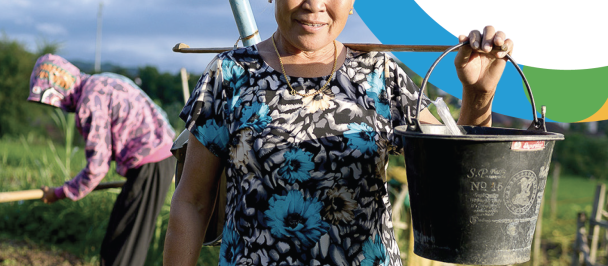Image by: NRA Lao PDR
One of the tragedies of the pandemic has been the cutting of human contact and interaction. Few people understand this as well as Mr. Somboun Phommapanya, the Deputy Director, Department of Labor and Social Welfare and Head of the Provincial Regulatory Authority (PRA) in Luang Prabang. Once the ancient capital of Laos, the temple-dotted city lies at the heart of a mountainous region. When COVID-19 struck, this remoteness became more acute, as in-person meetings were restricted and travel between provinces became near-impossible.
This created many difficulties, as the UXO sector relies on regular meetings and reports between provincial authorities, the National Regulatory Authority (NRA), and their counterparts in line ministries. New Zealand’s sponsorship of new Emergency Communication and Control Rooms (ECCRs) at NRA headquarters and 9 PRAs has helped to jumpstart a process of digitalization, by moving such meetings online. Each ECCR is equipped with modern teleconference accessories, laptops, and LED high-definition TVs – all to create a 24-hour effective communications platform.
This has made meetings more efficient, Mr. Somboun notes. Meetings with partners across the country can now be held at a moment’s notice, and important data and information can be shared immediately. “When we raise issues, now we can talk and get answers quickly and clearly from our counterparts,” Mr. Somboun said, citing one of the main benefits of the ECCRs. “It saves time for communication during emergencies, and is economically-feasible. We now know how to use the equipment better, and it keeps us connected with the NRA and line ministries.”
On the other end of the spectrum, Mr. Vilavong Sysavath, a Programme Officer at NRA Headquarters noted that this move was planned far in advance. “We realized that COVID-19 would be here to stay for a while, and raised the issue with UNDP and New Zealand,” he noted. “The provincial offices were still relying on WhatsApp and physical meetings, and we knew this was unsustainable. So we made a decision to move online.”
While the benefits are clear, the digital transition was not always smooth for Mr. Somboun and his colleagues, many of whom were used to meeting and resolving issues in-person. “The first time we used the ECCR was complicated,” acknowledged Mr. Somboun. “We still have bandwidth issues and we needed an NRA technician to support us in using the equipment. But it is definitely a improvement in the way we work in the UXO sector.”
In past years, major meetings were almost always held in-person, or otherwise cancelled and postponed. COVID-19 threatened to bring down two important meetings in June 2021 – the Project Board Meeting (PBM) and the Sector Working Group Meeting (SWG), which brings together government, development partners and UXO operators to chart the direction of the UXO sector. “After we got the ECCR, it was convenient.” Mr. Somboun recalled. “We didn’t have to cancel the meeting. We can still get updates about the UXO situation from the centre, and it’s very good because we didn’t have to go to another province or to Vientiane, in keeping with government regulations.”
As COVID-19 abates, the ECCRs will play a critical role in supporting UXO activities in a digital future. Other provinces, like Phongsaly, have already noticed the benefits of the ECCRs and are keen to replicate this in their own offices. While few things can replace in-person meetings, the ECCRs will assist the NRA’s provincial offices with responding quickly to UXO issues as and when they arise. It is a small step to digitalisation, but their use will almost certainly endure beyond the current emergency.
Written by:
Mr. Nicholas Tan, Programme and Reporting Officer, UXO Unit, UNDP Lao PDR.
The views expressed in this article are those of the authors alone and not the United Nations Development Programme.
Reducing the impact of UXO is Lao PDR's own national Sustainable Development Goal. By commiting to Goal 18 as a part of the global 2030 Agenda for Sustainable Development, Laos holds itself accountable to advancing the reduction of UXO impact and contributing to many other goals at the same time, e.g. Goal 1, Ending Poverty. An integrated approach is crucial for progress across the multiple goals. Learn more about Goal 18 and its targets.

 Locations
Locations





